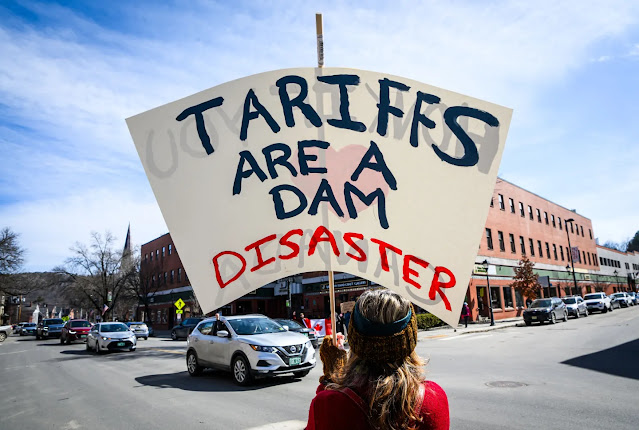Donald Trump’s return to the White House has brought his signature economic weapon—tariffs—back into the spotlight. Promising to slap steep taxes on imports, from 20% across the board to a whopping 60% on Chinese goods, Trump aims to turbocharge American manufacturing and bring jobs home. But as the policy rolls out in early 2025, critics warn it’s a high-stakes gamble that could backfire, threatening jobs and the broader economy.
The pitch is vintage Trump: make foreign goods pricier, and U.S. companies will thrive. “We’re going to build factories again,” he boasted at a recent rally. Supporters cheer the vision—steel plants humming, workers clocking in—pointing to his first term, when tariffs on steel and aluminum spurred some domestic gains. But this time, the scale is bigger, and the stakes are higher.
Economists are sounding alarms. “Tariffs are a double-edged sword,” says Dr. Rachel Kim, a trade expert at MIT. Higher costs for imported materials—like metals for cars or chips for tech—could squeeze manufacturers, not save them. Many fear firms will pass those costs to consumers, jacking up prices for everything from phones to groceries. Inflation, barely tamed after 2022’s surge, could roar back.
Jobs are the real flashpoint. While Trump touts a manufacturing renaissance, retaliation looms. China’s already hinting at counter-tariffs on U.S. exports like soybeans and aircraft—blows that could gut rural and industrial regions. “For every job ‘saved,’ we might lose two elsewhere,” Kim warns. A Moody’s analysis projects a net loss of 500,000 jobs by 2027 if trade wars escalate.
Businesses are jittery. Small firms, reliant on cheap imports, say they can’t pivot fast enough. “I’d have to raise prices 30% or shut down,” says Ohio retailer Mark Torres. Big players like Ford and Apple, with global supply chains, are lobbying hard against the plan. Even Wall Street’s wobbling stocks dipped 3% after Trump’s latest tariff tweet.
The White House shrugs off the gloom. Advisers like Peter Navarro argue short-term pain will yield long-term gain, forcing companies to reshore. “China’s been eating our lunch for decades,” Navarro told reporters. “This levels the field.” They bet on a patriotic boom—consumers buying American, factories hiring.
History offers mixed lessons. Trump’s earlier tariffs boosted some sectors but dinged others; farmers needed bailouts to survive China’s backlash. Today’s economy, still fragile post-pandemic, might not bend as easily. “It’s a roll of the dice,” says economist James Carter. “Win big, or crash hard.”
For now, the tariff train is charging ahead. Congress is split—some GOP allies balk at the chaos, while Democrats cry foul over consumer costs. Americans, stuck in the middle, brace for impact. Will Trump’s gamble spark a jobs miracle or an economic mess? By year’s end, we’ll know if the house wins—or folds.


